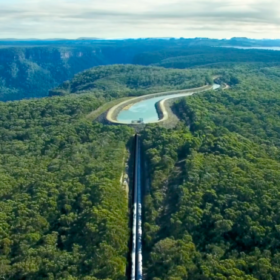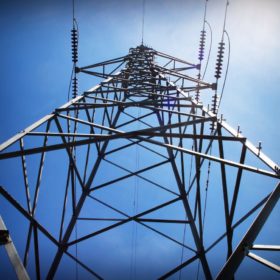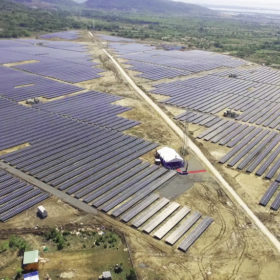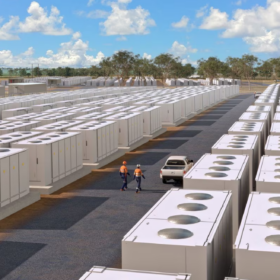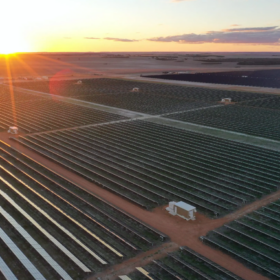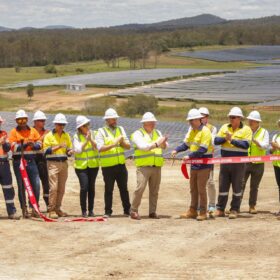Synergy posts huge loss from rooftop solar uptake
Western Australia’s biggest generator and retailer Synergy has blamed rooftop solar for bleeding red ink in the past financial year.
Australia’s largest EV charging network announces first phase sites
Chargefox, Australia’s only public ultra-rapid EV charging network, has announced the 22 locations of its network’s first phase. The target locations link Adelaide to Brisbane, via Melbourne and Sydney.
China set for 40 GW of pumped hydro storage next year
The showpiece 3.6 GW Fengning county project which will offer grid services and back-up power at the 2022 Winter Olympics is part of a 31.15 GW construction pipeline of projects, many of which are set to come into service next year.
Logic supports renewables, not nuclear
The latest edition of the World Nuclear Industry Status Report reiterates that clean power is taking the lead in the world’s energy system and nuclear is not only too costly a remedy for carbon emissions but too slow to deploy.
Sonnen: NSW government is constantly pulsing the market
Despite a lack of initiative for the residential battery uptake on the federal level, action on the state and territorial level has been vigorous. In the run-up to the launch of the NSW subsidy scheme, sonnen CEO of APAC Nathan Dunn is talking about the manufacturer’s experience with other subsidy schemes in Australia and what it takes for a successful program.
Finkel’s CCS persistence spreads us too thin
Australia’s chief scientist Dr Alan Finkel continues to voice his support for some modicum of Carbon Capture and Storage (CCS) in Australia’s hydrogen future, providing a lifeline to fossil fuel producers. While Finkel’s argument holds some water, it holds nowhere near enough water to produce a hydrogen economy.
Rooftop solar penetration reaches tipping point as grid undergoes major transformation
Rooftop solar penetration has reached the point where a choice needs to be made between distribution networks spending billions on new substations, poles and wires to cope – or start delivering the grid of the future so consumers are not landed with unnecessary costs, says the Australian Energy Market Commission.
Vietnam may cut FITs for large scale solar 20%
The tariff for rooftop PV will be maintained at $0.0935/kWh but payments for ground-mounted and floating solar could be cut to $0.0709/kWh and $0.0769, respectively. The previous FIT scheme, according to government figures, has driven the deployment of around 5 GW of solar generation capacity.
Alpha-ESS ramps up battery production in South Australia and partners in new VPP
The China-headquartered battery manufacturer has opened a new assembly facility at Lonsdale, as part of its commitment to the South Australian Government’s Home Battery Scheme. Alpha-ESS batteries will form part of a new virtual power plant launched into the market this week by ShineHub and energy retailer Powershop.
Finkel persisting with carbon capture and storage
Australia’s chief scientist Dr. Alan Finkel continues to push Australia toward a strong hydrogen economy produced by solar and wind through electrolysis. However, Finkel remains attached to the idea that toxically unpopular carbon capture and storage methods, a lifeline for fossil fuel producers, should also play a part.


